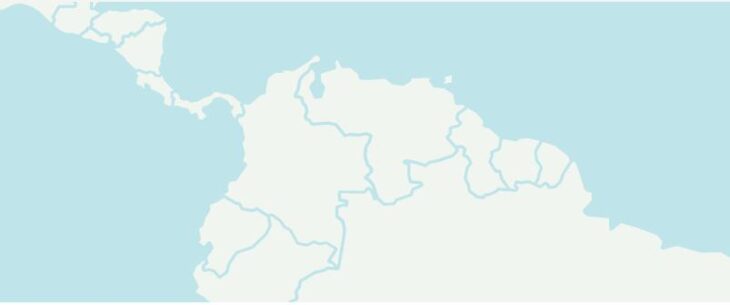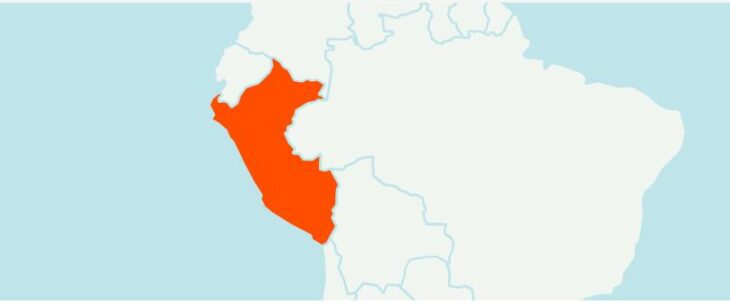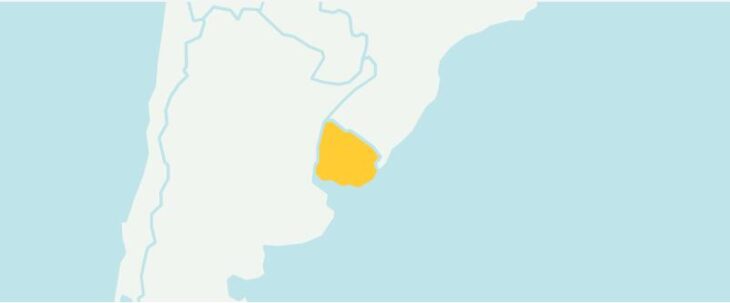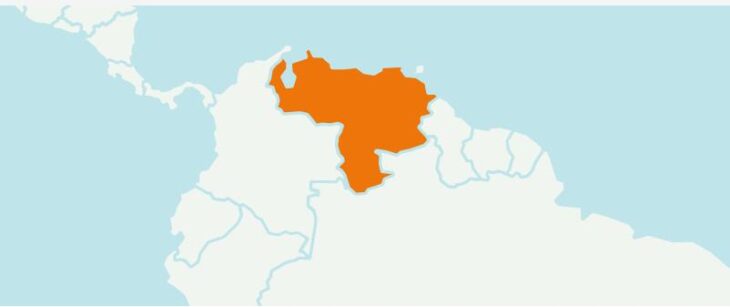GUYANA
According to Countryaah.com, Guyana became independent in 1966 and is a weak state formation characterized by strong contradictions between the country’s two largest ethnic groups, the Indians and those with African credentials. The country’s large natural resources are poorly utilized due to substandard infrastructure. At the same time, neighboring countries claim large parts of Guyana’s territory.
Country Facts
State condition: Republic
Surface: 214 969 km²
Capital: Georgetown
Language: English
Labor market and economy:
The economy is largely based on the extraction of minerals such as gold, bauxite and diamonds, and in recent years oil and gas deposits in the sea have also begun to be exploited. Agriculture is built around the cultivation of sugar and rice that is exported. Around a third of the labor force is active in the informal sector.
PARAGUAY
Paraguay’s modern history has been dominated by dictator Alfredo Stroessner and the conservative Colorado Party, which ruled the country for 60 years. It was not until 2008 that the dominance of the conservative elite was broken, when the former bishop and left-wing candidate Fernando Lugo won the presidential election. The country’s economy is dominated by the informal sector and trade union organization is therefore low.
Country Facts
State condition: Republic
Surface: 406 752 km2
Capital: Asuncion
Language: Spanish, Guarani
Labor market and economy:
Paraguay’s economy consists of a small, official part and a much larger unofficial, illegal sector. Corruption and liberal customs laws have made Paraguay a smuggling paradise, according to some reports, black market trading accounts for 60 percent of all economic activity. The official economy is based on agriculture dominated by cotton and soybean crops. Meat, timber, tobacco and vegetable oil are also important agricultural commodities.
PERU
Following the rise to power of authoritarian and corrupt President Alberto Fujimori in the 1990’s, democracy has been re-established. Economic growth has been largely stable thanks to foreign investment in mining projects. But despite good economics, political instability has continued to lead to repeated crises.
The severe restrictions on trade union rights introduced by Fujimori have been abolished, but major problems remain with harassment and dismissal of trade unionists.
Country Facts
State condition: Republic
Surface: 1 285 00 km2
Capital: Lima
Language: Spanish
Labor market and economy:
The mining industry dominates the economy and thanks to high international commodity prices, Peru has had one of Latin America’s highest growth rates in the last decade. Around 60 percent of export revenues come from the mining sector. However, the social gaps and income disparities are still very large and child mortality in Peru is among the highest in Latin America. In recent years, major protests have been carried out against the policies pursued with demands for social reforms to combat the large class divisions.
URUGUAY
Uruguay was already in the 1920’s one of the first welfare states in the world with a well-developed school, health care and social insurance system. The prosperity was financed by extensive exports of meat and agricultural products to the United States and Europe. But the country’s dependence on one-sided production led to economic crisis followed by a military dictatorship in 1973. The country became democratic again in 1985 and living standards are still higher than in many neighboring countries and the proportion of poor is the lowest in Latin America. For 15 years, Uruguay was led by the left-wing alliance Frente Amplio and several social and progressive reforms were implemented, but in the 2019 election, a conservative president regained power.
Country Facts
State condition: Republic
Surface: 176 215 km2
Capital: Montevideo
Language: Spanish
Labor market and economy:
The country’s economy is still dominated by the agricultural sector, where meat, wool and soybeans are the most important exports. To reduce dependence on a few products, the country has invested heavily in other sectors such as tourism and financial services and the capital Montevideo has become one of South America’s most important centers for financial institutions.
VENEZUELA
Venezuela’s modern history has been marked by its vast oil resources, its blessing and its curse. The oil laid the foundation for the emergence of the modern state, the country’s industrialization and a steadily improving standard of living in the 1970’s. However, the country’s dependence on oil created a lot of corruption that spread in both the economic and political system. After an economic collapse and deep political crisis in the 1980’s and 90’s, Hugo Chavez was elected president in 1998 on the promise to completely do away with the old corrupt republic. Chavez implemented extensive social reforms funded by the record high oil price, but did not change the country’s total dependence on oil. After Chavez’s death in 2013, oil prices plummeted and the country ended up in a deep economic and political crisis that led to a violent polarization of society and restrictions on democracy.
Country Facts
State condition: Republic
Surface: 912,000 km2
Capital: Caracas
Language: Spanish
Labor market and economy:
Venezuela’s economy is completely dependent on oil, which accounts for around 95 percent of export earnings and more than half of the state’s revenue. Attempts to diversify the economy have not succeeded and the economic policies of recent years with price controls and strict regulations have reduced national production to a historic minimum. The price of oil has more than halved in a couple of years and led to huge economic problems, a shortage of goods and the world’s highest inflation. Millions of people have fled the country and Venezuela is now dependent on support from China and Russia for its survival.





